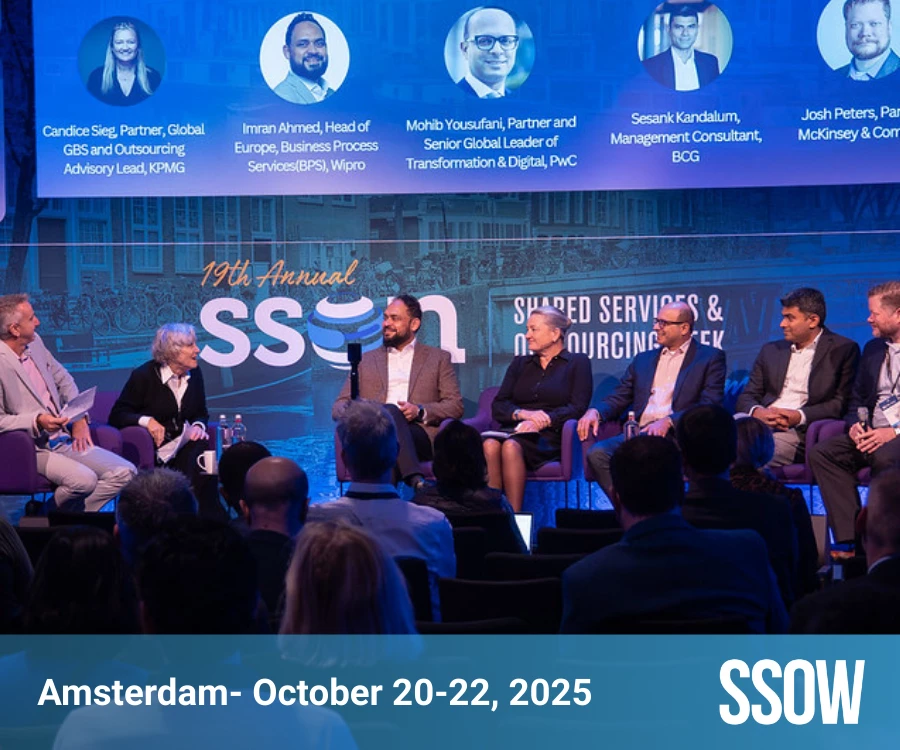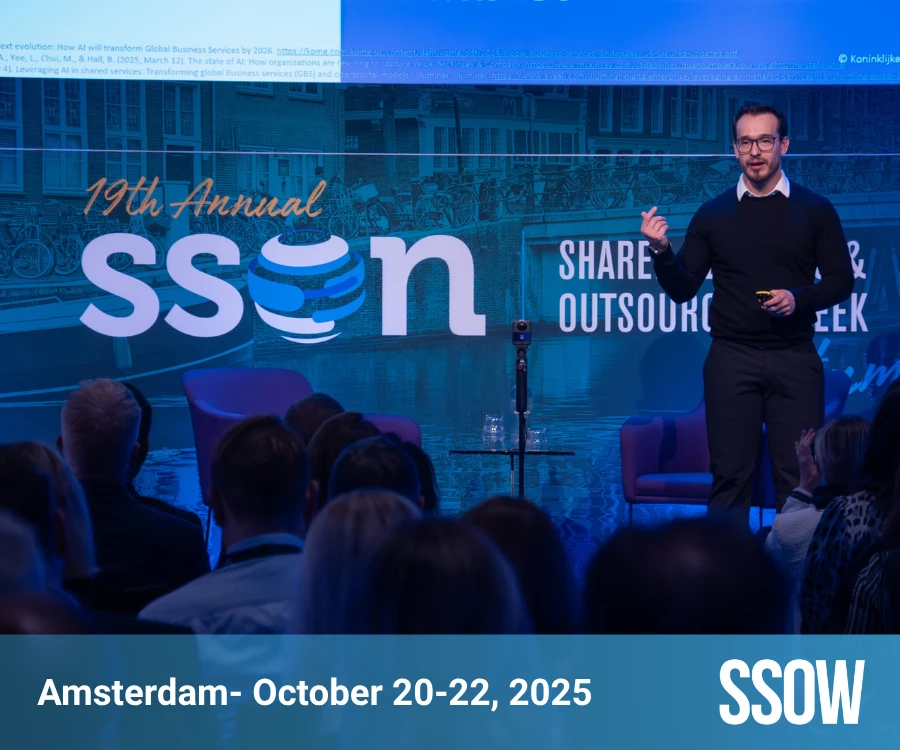
Wait a minute, you say. Why does generative AI need a savior? After all generative AI is the talk of the town. According to various reports, ChatGPT, one of the leading generative AI tools, has the fastest-growing consumer application user base of all time.
But it is one thing for hundreds of millions of users to download a generative AI application for personal productivity such as improving an essay. It is quite another thing to apply generative AI to core business processes.
A recent Wall Street Journal article, Generative AI Isn’t Ubiquitous in the Business World - At Least Not Yet, cited that U.S. Census Bureau data released in March indicates that only an estimated 5.4% of businesses use AI of any type to produce goods or services. SSON’s Shared Services & Outsourcing Industry Global Market Report 2024 found similar adoption rates with only 10% of shared services/GBS organizations currently deploying several generative AI use cases.
Some might say that the ubiquitous use of generative AI for business processes is inevitable and that we are simply at the early stage of the adoption curve. But adoption doesn’t just come without the right foundational elements. The same Wall Street Journal article referenced above quotes Andrew Burt, Luminos Laws co-founder, as “the real value of generative AI is to get knowledge and insights at scale, to a lot of people.” In other words, foundationally you need capabilities to apply curated knowledge and insights to scaled processes.
GBS is a natural provider of these foundational elements. GBS organizations deliver scale. They have plenty of experience bringing together disparate processes across the enterprise and harmonizing those processes to yield scale economies. GBS organizations also frequently have enterprise data management capabilities necessary for successful generative AI deployment. If core IT services are also part of the GBS portfolio then the rationale for GBS to play the lead role in enterprise generative AI becomes even stronger.
While GBS may be a natural ownership home for generative AI management, the data suggests we aren’t there yet. IQPC’s Generative AI Summit 2024 Survey Report notes that 47% of respondents indicated there is no or only distributed ownership for generative AI in their business. All the rest of the choices (e.g., technology, data, transformation office, innovation, center of excellence) were only cited 6 to 11% of the time. So clearly there is an opportunity for an organization like GBS to step in and play a leadership role.
A positive sign is that GBS leaders aspire to play a leadership role in generative AI. SSON’s Shared Services & Outsourcing Industry Global Market Report 2024 indicates that:
- 27% of shared services and GBS organizations state that they already drive the enterprise digital agenda/operate as a digital COE for the enterprise (albeit, as noted above, it isn’t clear they have fully embraced this role for generative AI)
- 68% of shared services and GBS organizations plan to offer Business Intelligence & Analytics as a new service supported by generative AI.
- 55% of shared services and GBS organizations plan to offer Knowledge Management & Model Curation as a new service supported by generative AI.
If you are a GBS leader aspiring to take an enterprise leadership role in generative AI and close the gap to current reality, here are a few tips to get started.
- Apply lessons learned from establishing other digital COEs by yourself and others. While generative AI is relatively new, digital COEs have been a growth solution for many GBS organizations over the last few years. For some specific guidance refer to our prior SSON article, “The Rise of Digital COEs in GBS Organizations”. In particular focus on adopting an operating model with GBS as an orchestrator across multiple entities.
- Canvas the enterprise for where generative AI capabilities exist. Carefully assess where GBS can directly deliver or orchestrate the delivery of generative AI capabilities at scale. If you can find one, co-opt a knowledgeable generative AI Yoda onto your team to guide the effort.
- Complete an honest assessment of GBS generative AI capability gaps and put a plan in place to develop or acquire new skills. You may find that you can upskill individuals with data management, analysis, information security, process improvement and automation backgrounds to generative AI specific capabilities such as data curation and output quality control (critical to avoiding the dreaded “hallucinations” from the applications).
- Start small and progressively build out a portfolio of tools and methods applied to targeted opportunities for deployment of generative AI. Don’t let enthusiasm drive the organization to take the shotgun approach. Look first to your own GBS scaled processes to see where you may have opportunities (SSON’s The Ultimate Gude to Generative AI for Shared Services and GBS Leaders provides some representative use cases). Beyond GBS, actively solicit input from your customers for other opportunities that are important to the enterprise. Develop a methodology to screen opportunities for impact. Don’t just focus on financial measures; include employee satisfaction and customer experience benefits in the measures as well.
- Focus on building the brand. Avoid the “build it and they will come” strategy to building an enterprise generative AI capability in GBS. You may feel that you are the natural home for such a capability, but don’t assume that other key stakeholders will automatically feel the same way. Treat this as a new product or service launch with all of the marketing, communication, and planning necessary,
Remember, generative AI is in its infancy (or maybe toddler stage) so be patient, expect some tantrums and quite possibly you will uncover a new and powerful set of capabilities to drive your business to the next level.























